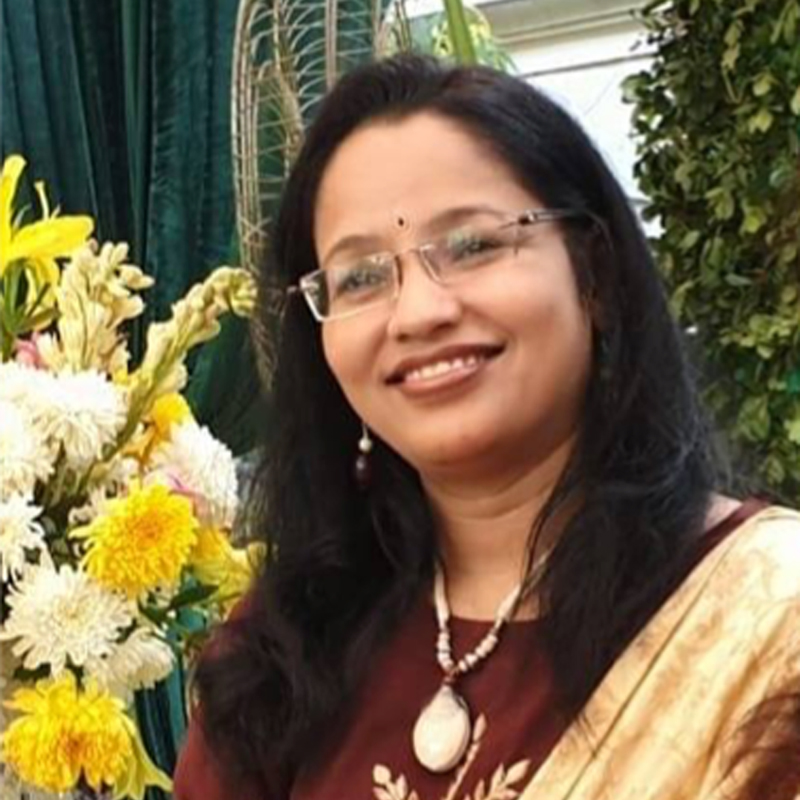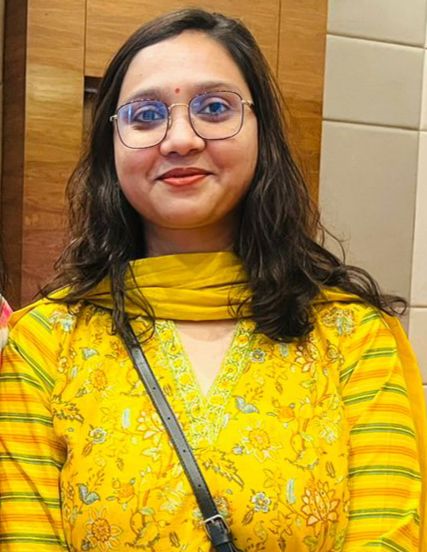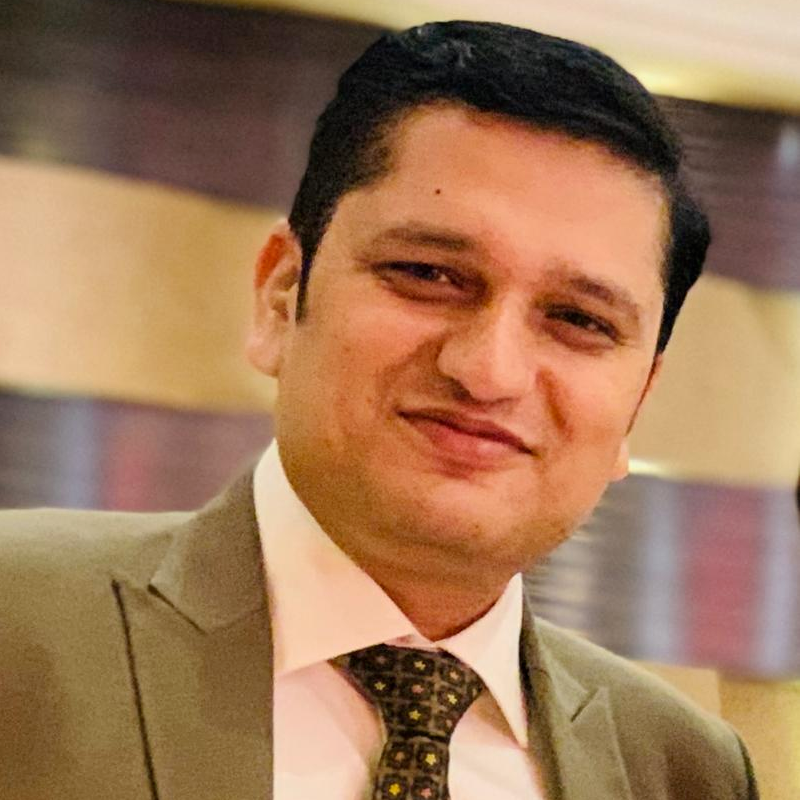Pattern Reversal Visual Evoked Potential (PRVEP) Changes in Patients with Proptosis
Published
DOI:
https://doi.org/10.56692/upjo.2025130202Keywords:
Exophthalmos, Exophthalmometer, Proptosis, Visual Evoked Potential (VEP)Dimensions Badge
Issue
Section
License
Copyright (c) 2025 Santosh Verma, Taneshwari Sundarkar; Ajab Dhabarde

This work is licensed under a Creative Commons Attribution 4.0 International License.
© Author, Open Access. This article is licensed under a CC Attribution 4.0 License, which permits use, sharing, adaptation, distribution and reproduction in any medium or format, as long as you give appropriate credit to the original author(s) and the source, provide a link to the Creative Commons licence, and indicate if changes were made. The images or other third party material in this article are included in the article’s Creative Commons licence, unless indicated otherwise in a credit line to the material. If material is not included in the article’s Creative Commons licence and your intended use is not permitted by statutory regulation or exceeds the permitted use, you will need to obtain permission directly from the copyright holder. To view a copy of this licence, visit https://creativecommons.org/licenses/byncsa/4.0/.
Purpose: To assess pattern reversal visual evoked potentials (PRVEP) changes in patients with proptosis.Abstract
Methods: This was a cross-sectional, hospital-based study including 40 patients with either unilateral or bilateral proptosis who fulfilled the inclusion and exclusion criteria and gave informed written consent. The period of study was 18 months. The tools used were Hertel’s exophthalmometer and visual evoked potential.
Result: The result of the present study was, increase in grades of proptosis, resulting in increased delay in PRVEP P-100 latency and decreased N70-P100 amplitude.
Conclusion: PRVEP is an important tool for the diagnosis of optic nerve involvement in proptosis.
How to Cite
Downloads
Similar Articles
- Rajat M Srivastava, Siddharth Agrawal, Ashish Kumar, Vishal Katiyar, Sanjiv k Gupta, Visual Functions and Spectacle Usage in Elderly Patients Sustaining A Simple Fall , UP Journal of Ophthalmology: Vol. 9 No. 01 (2021): UP JOURNAL OF OPHTHALMOLOGY
- Vaibhav Kumar Jain, Saraswati, Lubna Maroof, Post Trabeculectomy Visual Loss: Is it Wipe-Out? , UP Journal of Ophthalmology: Vol. 12 No. 03 (2024): UP Journal of Ophthalmology
- Deepansh Garg, Lokesh Kumar Singh, Alka Gupta, Jaishree Dwivedi, Priyanka Gusain, Priyank Garg, Correlation of Peripapillary Vessel Density by OCTA with Visual Field Defects in Primary Open-Angle Glaucoma: A Cross-Sectional Study , UP Journal of Ophthalmology: Vol. 13 No. 02 (2025): UP Journal of Ophthalmology
- Anju Kochar, Sarita Maharia, Nabab Ali Khan, Acute Myeloid Leukemia with Bilateral Proptosis as the Sole presenting Sign , UP Journal of Ophthalmology: Vol. 5 No. 01 (2017): UP JOURNAL OF OPHTHALMOLOGY
- Ram Kumar Jaiswal, Vanshika Khanna, Dipti Wahi, Risk Factors and Outcome of Hyphema in Blunt Injury to Eye , UP Journal of Ophthalmology: Vol. 11 No. 02 (2023): UP JOURNAL OF OPHTHALMOLOGY
- Diksha Sareen, Govind V. Khalkho, O.P.S. Maurya, Abhishek Chandra, Spontaneous Rotation of Toric Implantable Collamer Lens (Toric IPCL) in a Post-traumatic myopic eye , UP Journal of Ophthalmology: Vol. 5 No. 01 (2017): UP JOURNAL OF OPHTHALMOLOGY
- Shailendra Batham, Jitendra Kumar, Acute visual dysfunction following Phenytoin induced Toxicity , UP Journal of Ophthalmology: Vol. 9 No. 02 (2021): UP JOURNAL OF OPHTHALMOLOGY
- Rajat M Srivastava, Siddharth Agrawal, Recent updates on medical management of Glaucoma. , UP Journal of Ophthalmology: Vol. 11 No. 02 (2023): UP JOURNAL OF OPHTHALMOLOGY
- Varun Upadhyay, Neelima Mehrotra, Summy Bhatnagar, A Rare Manifestation of Posterior Circulation Stroke: Artery of Percheron Infarction with Thalamic and Midbrain Involvement , UP Journal of Ophthalmology: Vol. 13 No. 01 (2025): UP Journal of Ophthalmology
- Suraj Kumar Mishra, Aparajita Chaudhary, Vinod Singh, SP Singh, Anatomical and Functional Outcome of Retinal Detachment Surgery , UP Journal of Ophthalmology: Vol. 10 No. 01 (2022): UP JOURNAL OF OPHTHALMOLOGY
You may also start an advanced similarity search for this article.







